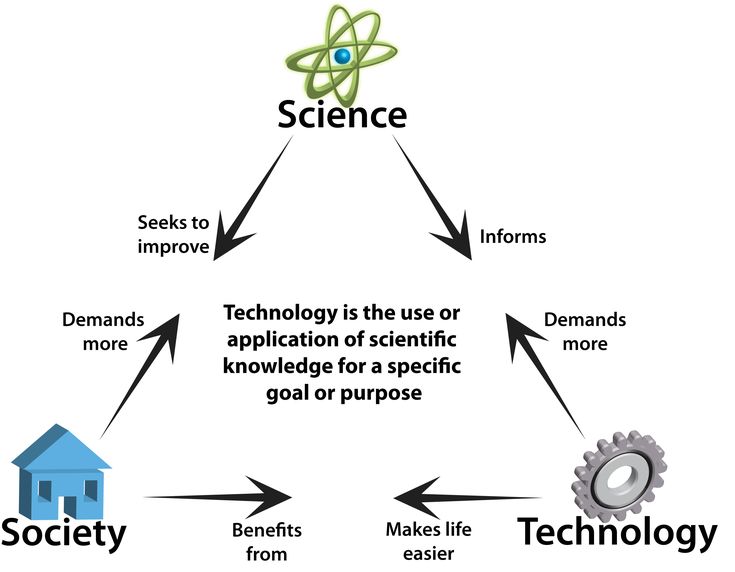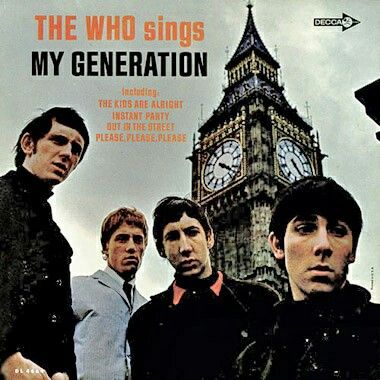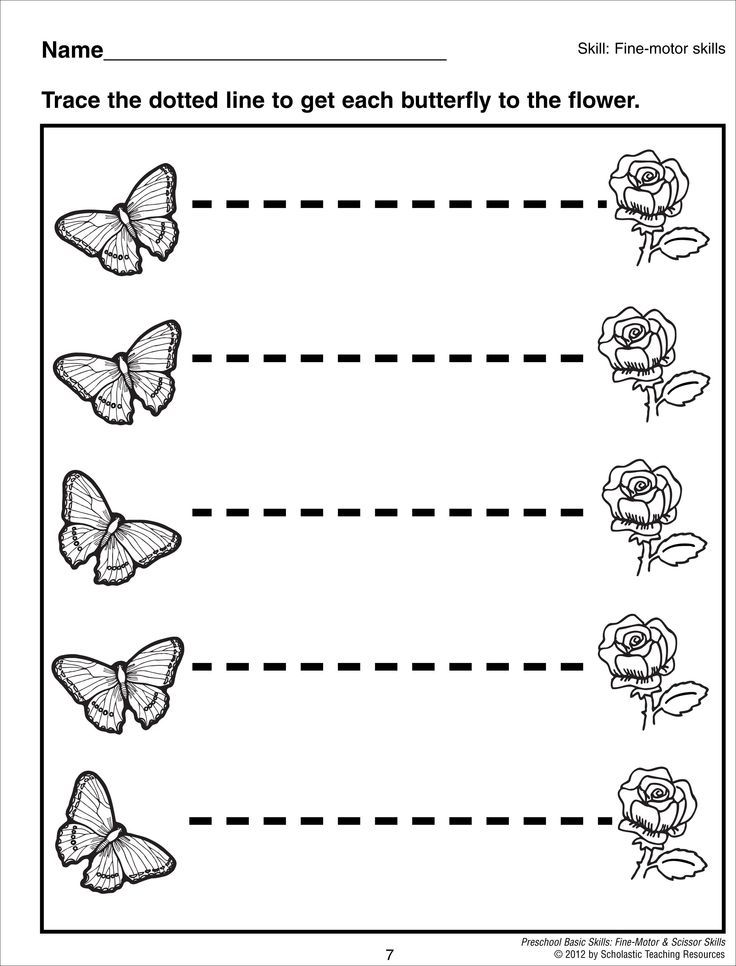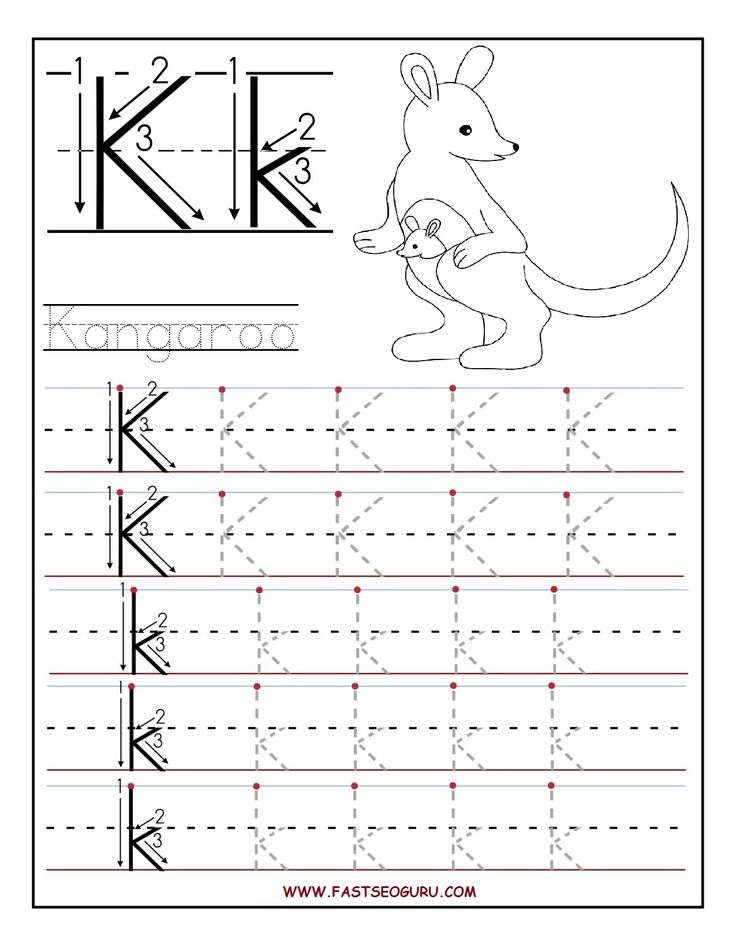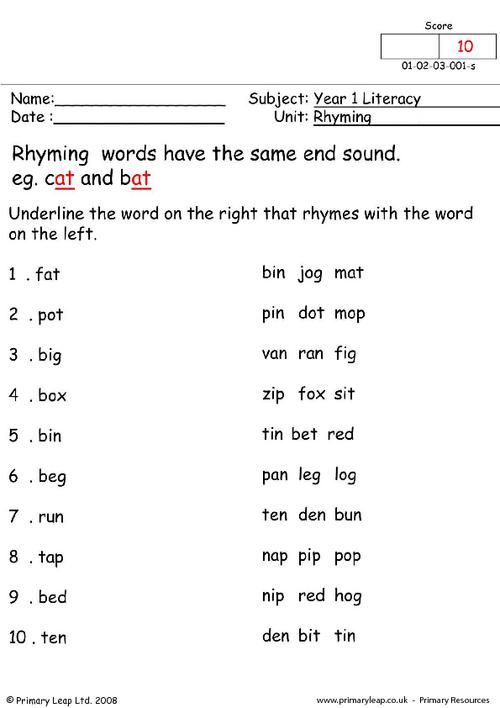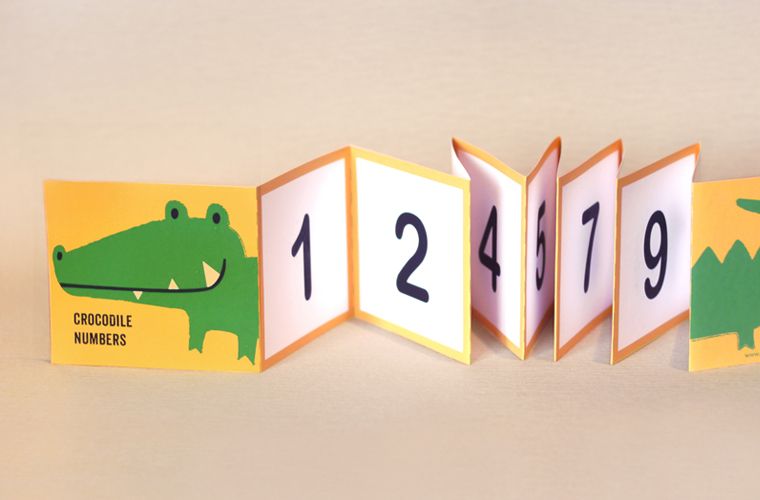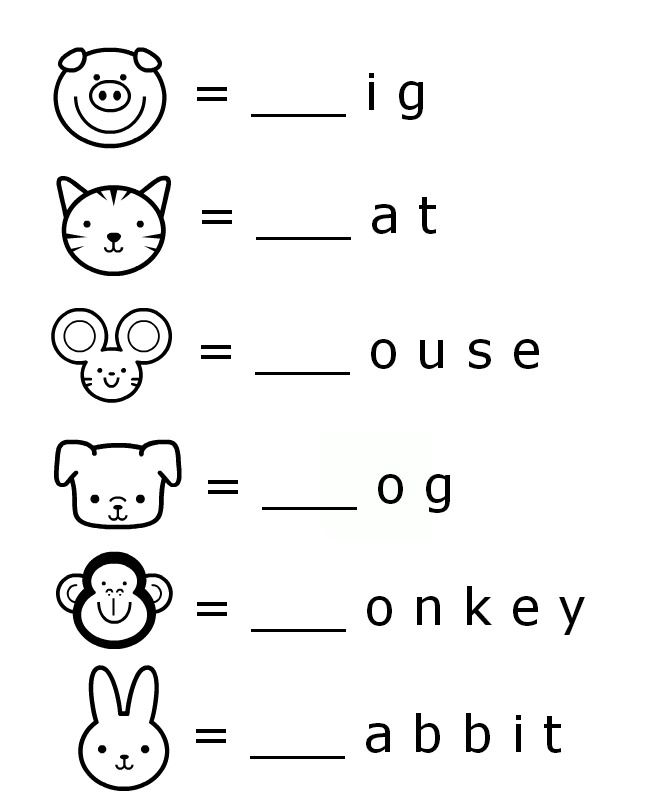Learning to write kids
Learning to Write: The Correct Way to Teach Kids
- Share
Learning to write is a process that starts long before a child can hold a pencil and write letters.
If you’re wondering how to teach preschoolers to write, the answer may surprise you…
We shouldn’t really be teaching preschoolers to write formally. Instead, we should be teaching them important foundational skills, called pre-writing skills.
Here are the reasons why, and also how to teach kids to write using appropriate activities.
The Process of Learning to Write
There are several reasons why teaching kids to write too early will actually do more harm than good.
It is important to leave the formal writing for when they are developmentally ready.
Children learn through play and are stimulated at their own developmental level while playing. This allows them to naturally progress and mature, developing more advanced skills as they go.
A child is not usually physically and developmentally ready to write during the toddler or preschool years. They will start experimenting with letters on their own and “writing” on their artwork, but they should not be forced to learn the correct letter formation or write on a line.
Here are some reasons why.
Fine Motor ControlDuring the first few years, children are developing their fine motor control. Their finger muscles need to be strengthened through activities such as drawing, painting, playing with playdough, etc.
Pencil GripWhen the finger muscles become strengthened, children learn how to hold a pencil correctly, with a tripod grip. This is not easy for young children and they take time to develop this grip by holding crayons, chalk, pencils, etc.
Younger kids will find it easier to hold thicker utensils like jumbo chalk or crayons. As they develop their grip and finger control, they can hold thinner crayons and pencils.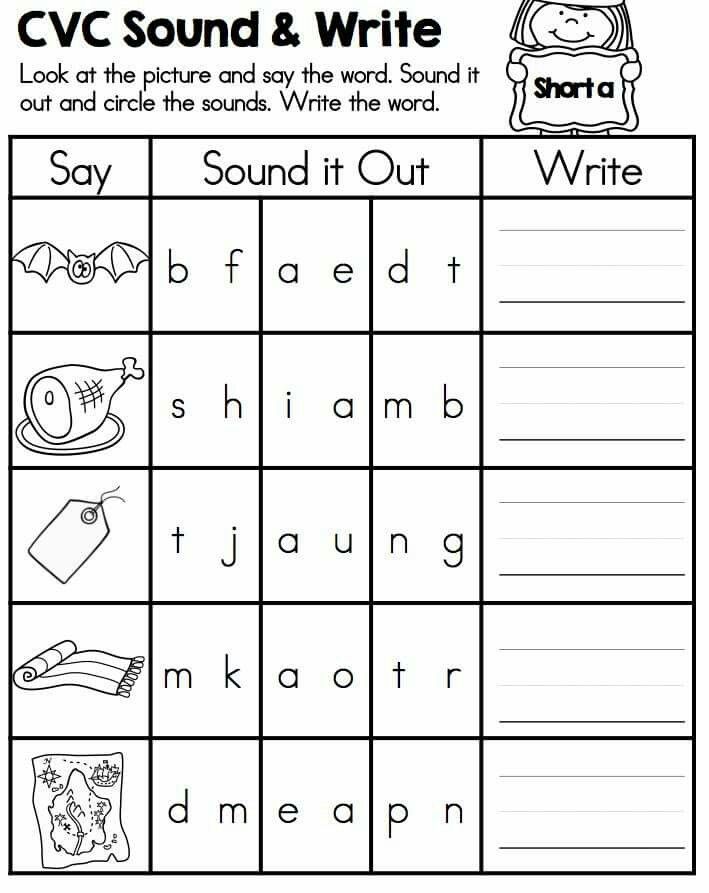
Gross motor control means children are able to move and control their bodies. In order to sit and write at a desk, they must have strong core muscles, good posture and not tire easily.
Large to SmallAs children grow, the natural way of developing is usually large to small.
Here are some examples of how you can see this in your children’s development:
- Catching large balls before small ones
- Using thick paintbrushes before fine ones
- Developing large muscles before small muscles
- Reading books with big letters before fine writing
- Building puzzles with large pieces before tiny pieces
This same principle must be applied to teaching children to write. Letters should be introduced in large before small. It is completely inappropriate to expect a young child to form a small intricate letter properly.
You can teach your child to write their name by introducing the letters through play and in a large format before writing them on paper.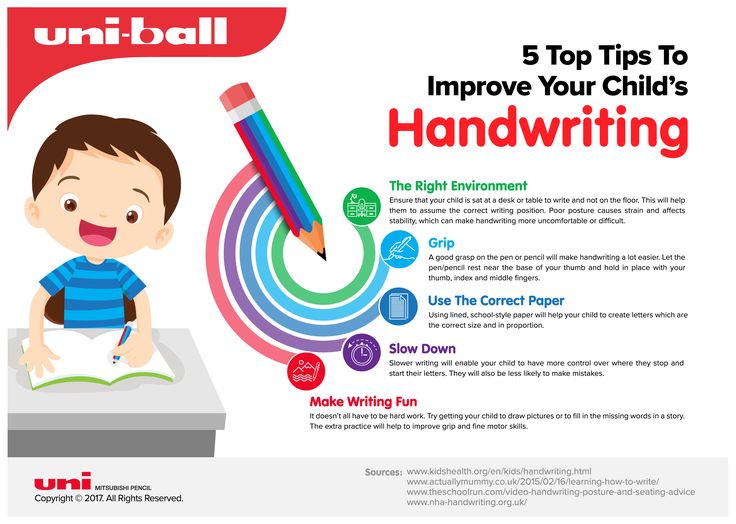
Children develop spatial perception and a sense of their position in space when playing by doing things like climbing through tunnels and chasing each other.
This helps them, much later, to space letters and words correctly on a page – next to each other, on the line, straight, small enough, starting next to the margin, etc.
Learning to Form PatternsWhen formal writing is introduced at school, the teacher does not dive in and show the children how each letter is formed. They start with patterning.
They make zigzags and waves and all sorts of patterns on thick lines before teaching the letters.
These patterns all have shapes that teach the movements that children will use in the letters. A capital letter “A”, for example, has a zig-zag in it and a “C” can be introduced with a curly wave pattern.
When they have learned to make these patterns, letters are introduced, one at a time, with separate lessons for each letter.
The teacher will explain the formation for each one e.g. Start at the top right, go up and around, all the way back up, then down the same line. Children must use the proper formation each time they write a letter.
It does not make sense to skip all these educational practices and teach your young child to write the letters out of the blue.
Having said that, never get in the way of natural learning. If a child is writing letters on their own or forming words, encourage that without trying to correct them.
How to Teach a Child to Write
The good news is, there are lots of things you can do to teach your children the necessary pre-writing skills they need. This will ensure that when they are ready, they will learn to write naturally and with ease.
- Expose children to print often and talk about the print (road signs, books, etc.)
- Model the correct letter formation when writing and put their names on the top of their drawings.
- Develop their fine motor skills.
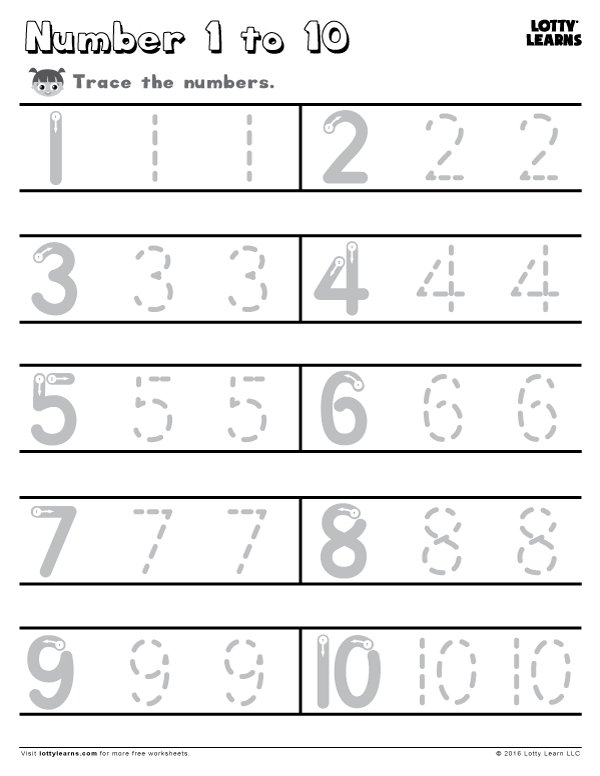
- Encourage your children to draw, paint and use lots of art materials.
- Develop their gross motor skills.
- Correct their pencil grip or use a rubber pencil grip.
- Let your children have lots of time for free play.
- Play with wooden, plastic or foam letters.
Get FREE access to Printable Puzzles, Stories, Activity Packs and more!
Join Empowered Parents + and you’ll receive a downloadable set of printable puzzles, games and short stories, as well as the Learning Through Play Activity Pack which includes an entire year of activities for 3 to 6-year-olds.
Access is free forever.
Signing up for a free Grow account is fast and easy and will allow you to bookmark articles to read later, on this website as well as many websites worldwide that use Grow.
- Share
Are We Teaching Kids to Write All Wrong?
“As you can see, individual differences in writing can be seen as early as kindergarten,” says Cynthia Puranik, associate professor in the College of Education & Human Development. On her computer, she pulls up writing samples from two kindergarteners who were asked to print words that they know. One child manages “hot,” while the second, incredibly, executes “somber, “sarcasum” [sic] and “redundant.”
On her computer, she pulls up writing samples from two kindergarteners who were asked to print words that they know. One child manages “hot,” while the second, incredibly, executes “somber, “sarcasum” [sic] and “redundant.”
Despite the achievements of the second child, test results show that most U.S. students struggle to meet grade-level writing standards. Puranik is working to improve children’s performance on the page. She studies the early development of writing skills and how educators can effectively nurture good writers. She received $3 million last year from the U.S. Department of Education’s Institute of Education Sciences to study a writing intervention program she developed in which children help teach one another. We recently spoke with Puranik about the importance of writing and the best way to help children learn to do it well.
Your research focuses on how young children learn to write. How early do these skills begin to develop?
If you think about how babies and toddlers learn to talk, they don’t start speaking in full sentences or even full words.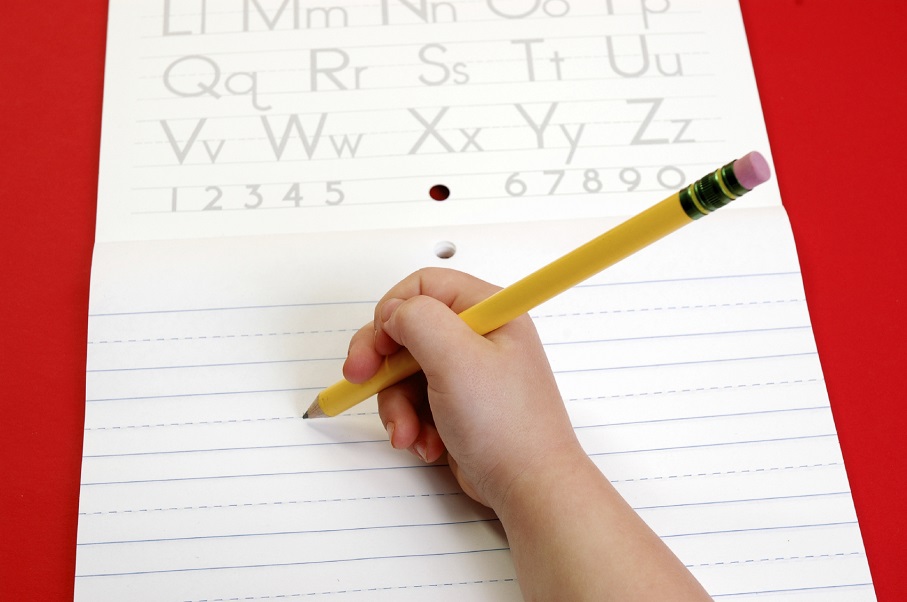 They babble, they coo and then eventually you hear the words come out. That’s also what children do in writing. They make marks and scribbles, and those marks evolve in a linear sequence before they start to conventionally write. Children could start doing this as early as two years old.
They babble, they coo and then eventually you hear the words come out. That’s also what children do in writing. They make marks and scribbles, and those marks evolve in a linear sequence before they start to conventionally write. Children could start doing this as early as two years old.
And those are skills that all children must learn before they can write?
Yes, we refer to them as concepts of print. Before children learn to write, they need to understand that print conveys meaning, that writing is symbolic, that writing (at least in English) goes from left to right. These are concepts children have to understand before they can put words together to form sentences. Then they use marks and scribbles to convey meaning. Slowly they learn to write the letters of the alphabet, learn letter-sound correspondences and use that knowledge to spell single words.
Spelling also goes through phases. In the beginning, children spell words using only the first letter of the word, so, for example, a preschool child might spell the word bed with just a b, then later with the first and last letter of the word, bd.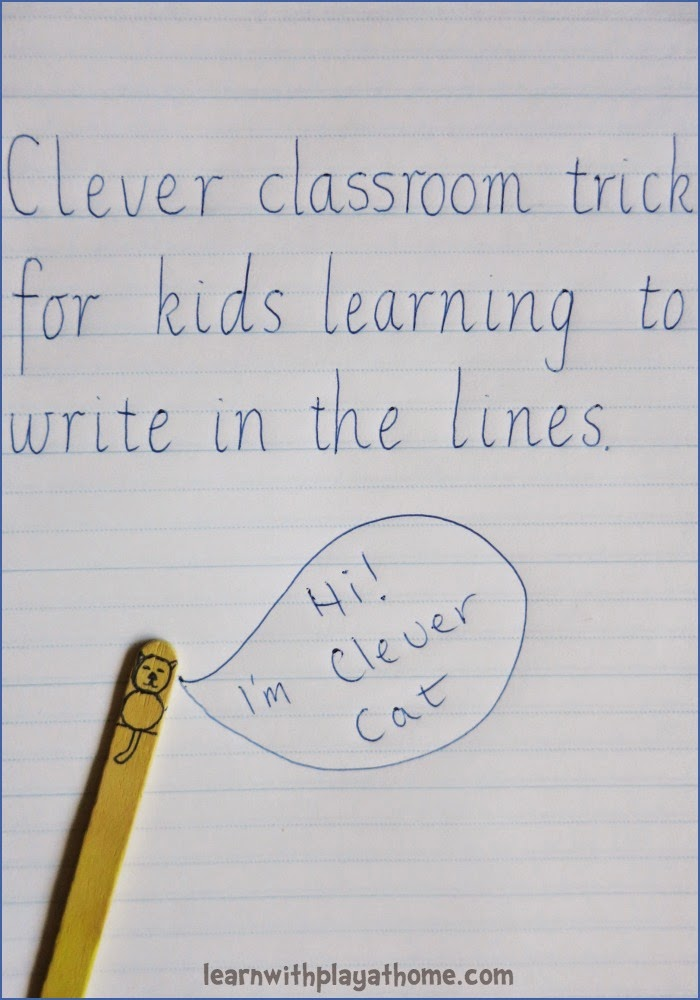 Vowels are less salient, and so they are harder for young children.
Vowels are less salient, and so they are harder for young children.
Very often, children will have grand ideas but they’re not always able to translate that on paper. That’s because children need to be fluent in transcription skills before they can free up enough cognitive resources to be able to convey their ideas on paper.
“Teachers sometimes worry that reading will suffer if you dedicate time to writing instruction,” says Puranik. “But I’ve shown in my research that it’s not true.”
How does a better understanding of how writing develops translate to better teaching methods?
For one, learning how writing develops can directly inform what to teach and how to teach writing. Also, by learning more about how these skills develop in typical children, we can better serve children with disabilities. A big factor in learning is motivation. Especially with children who have disabilities, you have to find ways to motivate them, and writing can be very motivational on some level because it comes from within. Writing leaves a lasting record. I can show you something I wrote and say, “I did this!”
Writing leaves a lasting record. I can show you something I wrote and say, “I did this!”
Assessing what makes “good” writing seems like a subjective process. How can teachers effectively evaluate children’s writing?
We do not have good rubrics for assessing writing quality, even for older children. Reading is easier: It’s clear when children make errors when reading, or when they’re reading too slowly. For writing, teachers don’t always know what to evaluate. Is it the amount the child writes? The complexity of the sentences? Whether they can generate ideas versus regurgitate facts? I and other researchers are continuing to refine methods but it is something that needs a lot more study and definitely needs to be emphasized in teacher training.
You’ve created an instruction method in which children help teach one another to write. How does it work?
It’s called Peer-Assisted Writing Strategies (PAWS). We have preliminary research to show that it’s effective.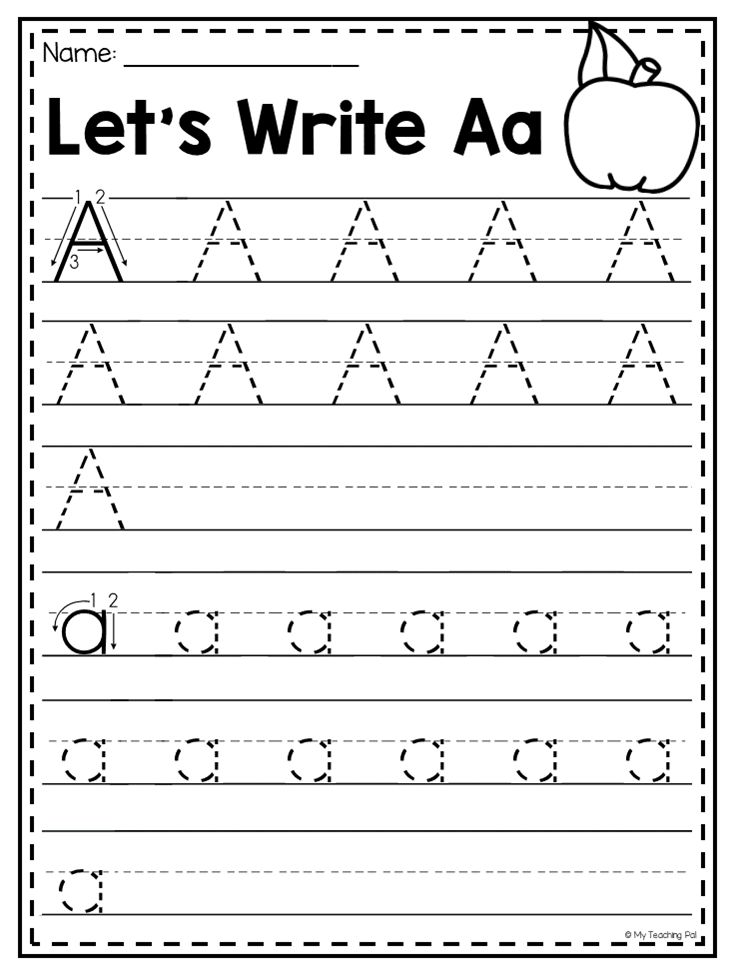 There are two theories about how children develop writing skills. The first is called cognitive-linguistic theory, which focuses on the skills required to write. The second is grounded in social-cultural theories, and says children learn how to write in social context, where their development is dependent on opportunities to interact with parents, teachers, friends and others.
There are two theories about how children develop writing skills. The first is called cognitive-linguistic theory, which focuses on the skills required to write. The second is grounded in social-cultural theories, and says children learn how to write in social context, where their development is dependent on opportunities to interact with parents, teachers, friends and others.
PAWS was created as a perfect balance of both these theories. It focuses on important transcription skills per the cognitive-linguistic theory. And in keeping with social-cultural theory it includes children working in pairs. It’s designed for a whole classroom, and each child works with a peer. The children take turns being a coach and being a writer, and the coach provides feedback to the writer. It is designed to build something called “metalinguistic awareness.”
What inspired the idea for PAWS?
This idea came from observing college students. Most people who write poorly, even adults, have no idea they write poorly.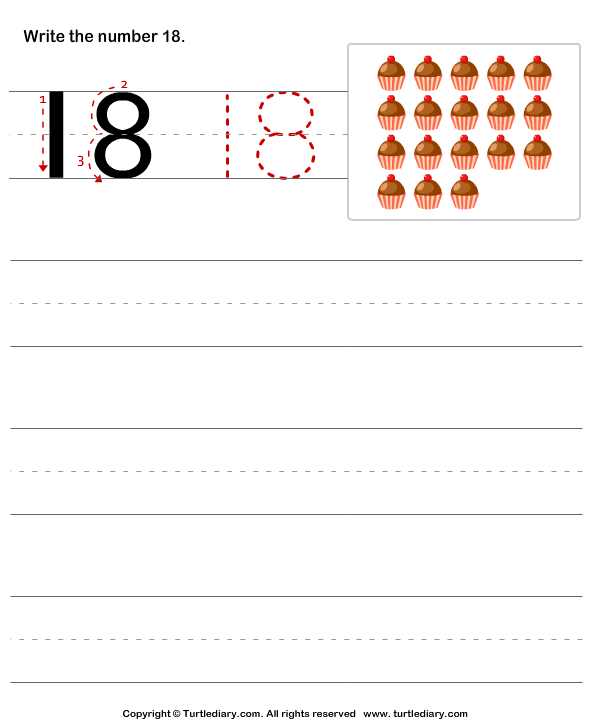 Part is that they’ve never been given instruction in how to write. And part of it is they have never been taught to look at their own writing with a critical eye. They’ve never developed metalinguistic awareness. Very often I hear even graduate students saying, “Nobody’s ever told me that before. How come nobody ever pointed that out?”
Part is that they’ve never been given instruction in how to write. And part of it is they have never been taught to look at their own writing with a critical eye. They’ve never developed metalinguistic awareness. Very often I hear even graduate students saying, “Nobody’s ever told me that before. How come nobody ever pointed that out?”
My thought was, why not start building this awareness at the very beginning? You’d be surprised how good children are at finding errors in each other’s work. And by noticing and correcting these errors, it brings about awareness of their own writing.
You mentioned that even college students may not be proficient writers when they arrive on campus. What do test scores reveal about writing proficiency in this country?
Less the a third of children in the U.S. are proficient writers, according to the National Assessment of Educational Progress. Most students are not writing at grade level, and in my experience even graduate students frequently have difficulty writing at the level that is required.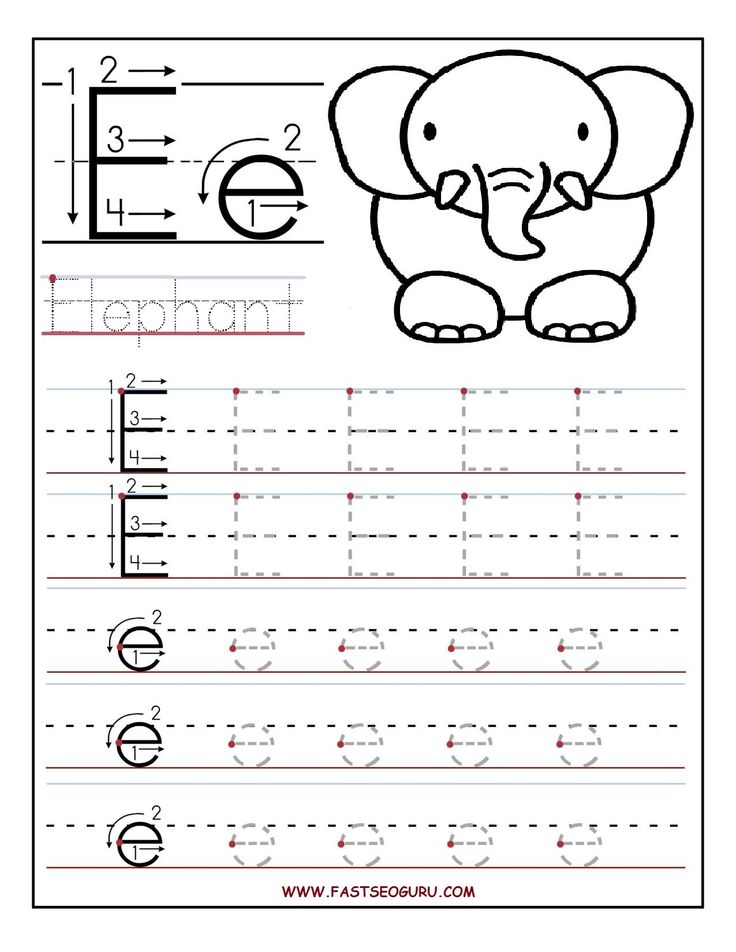
In this country, we’ve concentrated so much on the way we teach reading, but children rarely get instruction in writing. I’m talking about simple academic writing: How to write a persuasive essay, or how to compare and contrast two ideas to make a point. Most students should have these skills by the time they graduate high school, but very often they don’t. It’s why businesses in the U.S. spend something like $3 billion sending their employees to remediation classes for writing.
So, being a good reader doesn’t always translate to being a good writer?
There is some commonality between the two, and most people who are good writers are also voracious readers. But it’s not always the case. Logically you’d think, “If I’m not a good reader, how can I be a good writer?” However, you might have someone who’s a Pulitzer-winning poet who has dyslexia and has trouble reading.
There’s also some research showing that writing has a facilitative effect on reading, meaning the benefits of writing proficiency transcend to reading proficiency.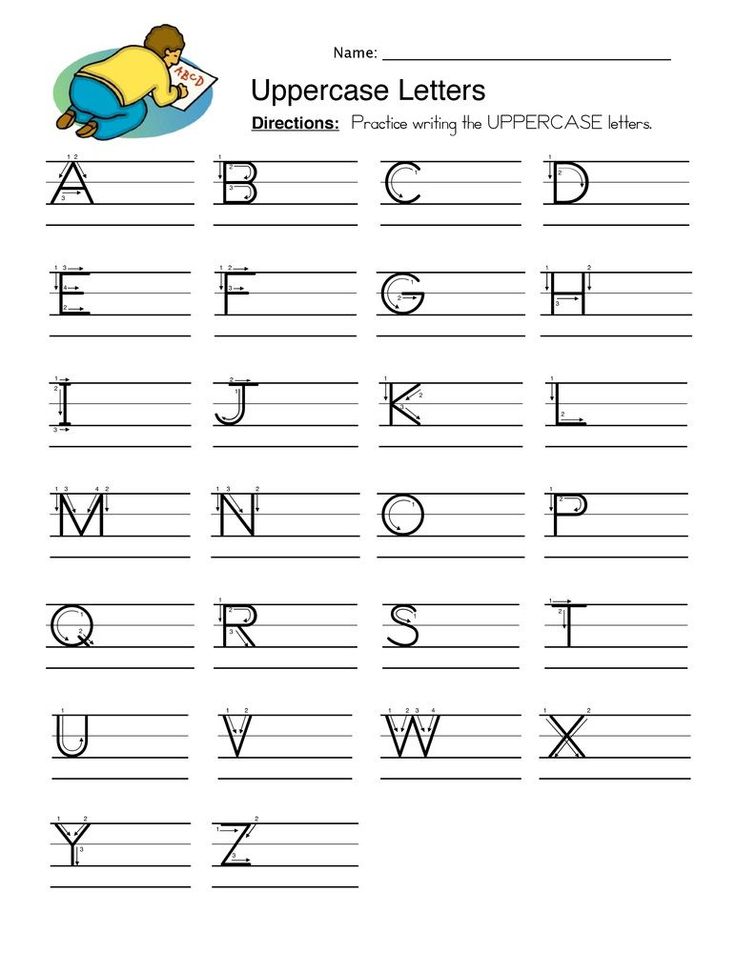 But the opposite is not always true: reading skill doesn’t always translate to writing skill. Writing needs its own instruction and practice.
But the opposite is not always true: reading skill doesn’t always translate to writing skill. Writing needs its own instruction and practice.
Teachers sometimes worry that reading will suffer if you dedicate time to writing instruction. But I’ve shown in my research that it’s not true. In one study, we split a group of students into two groups. We took one group of kids out of the classroom for 30 minutes a day, three days a week for writing instruction, and the others remained in the class. Then we compared their writing and reading test scores before and after the instruction. The kids who received the writing instruction not only had better writing scores but they also had higher reading scores afterwards than the kids who did not receive the instruction.
Should teachers address reading and writing together?
Yes; these are not discrete skills, yet educators tend to treat them as such. This is true not just for monolingual children but also for bilingual children. Let’s take the example of African-American children who use dialect. There’s a mismatch between spoken language and written language among these children. Oral African-American English (AAE) does not have a written equivalent. Children who speak using an AAE dialect are still expected to write using standard American English.
Let’s take the example of African-American children who use dialect. There’s a mismatch between spoken language and written language among these children. Oral African-American English (AAE) does not have a written equivalent. Children who speak using an AAE dialect are still expected to write using standard American English.
My colleagues and I showed in a recent study in Child Development that comprehensive literacy (reading and writing) instruction could help address racial disparities in writing. The study looked at the influence of dialect, specifically AAE on writing, and we weren’t surprised to find that the higher a student’s dialect use, the poorer their writing. But if students had high dialect use but were reading at grade level, then their writing tended to be better. So, in case of AAE-speaking students, it appears that reading has a facilitative effect on writing even in the presence of heavy dialect use. Teaching reading and writing in tandem might be one way to bridge the gap between children’s oral language and written language.
Learning to write from children: fun games
Teaching children to write is something that is gradually achieved from 3-4 to 6 years, although age is not the only determining factor in learning to write. Writing also requires language, thinking, and psychomotor development. Through play, children acquire the skills necessary for playful writing. Let's see fun games to learn how to write from kids.
Index
- 1 Every child is a world
- 2 Fun games for teaching children to write
Every child is a world
When thinking about teaching children to write, we must remember that each child develops differently . We cannot use the same rhythm or the same expectations with children of the same age because, as we saw earlier, different abilities and skills are involved that are not achieved simultaneously.
The first thing you need to learn to write is fine motor skills i.e. the precision of hand and finger movements, allowing you to accurately hold a pencil, chalk, wax ... everything that is used for writing. This is a skill that gradually develops, and gradually the child will become more accurate. You also need to purchase phonological awareness (associate sounds with letters). Do not push or force them . Children need fun, surprises and excitement to learn. We must respect their learning rhythms.
Select 9 to play these games0005 calm and relaxed atmosphere . A place where is free from interference (If you have a TV, turn it off and any other electronic devices that may distract you) and be in good posture. Workplace with good lighting where everything is at hand. You can put the alphabet in a prominent place, this will also help. Let's see some fun games to teach kids how to write.
Fun games for teaching children to write
- Plasticine . To learn how to write, we must first learn to recognize words. Children love to play with plasticine. We can use this to go sculpting letters what do you suggest. You can start with the simplest ones (the vowels) and then continue with the rest of the consonants.
- Figures with body . Similar to the previous one, but in this case they must compose the suggested letters with their own body. When they do, you can take a photo of it so they can see if the final result looks like a letter. nine0014
- Magnetic board . These boards are great for writing and understanding words. To play with this, we can write some words on slips of paper that are missing a letter. The child must choose a piece of paper, put the unfinished word on the magnetic board and try to complete the word.
- Letters on a light table .
 Bedside tables are a very trendy educational resource of late. It is a luminous surface that allows children to explore their senses. To do this, you can put on a light table. nine0005 sand, soup paste or salt so that the child can write letters on it. You can use your fingers or use a chopstick.
Bedside tables are a very trendy educational resource of late. It is a luminous surface that allows children to explore their senses. To do this, you can put on a light table. nine0005 sand, soup paste or salt so that the child can write letters on it. You can use your fingers or use a chopstick. - Search and find . A game that consists in searching for items that begin with the letters of the alphabet. In addition to having fun with the family, it helps children improve their phonological knowledge.
- drawings . Children love to draw. We can suggest a letter of the alphabet and ask them to draw something they think is related to that letter or has a similar shape. Drawing improves their fine motor skills, and at the same time they notice letters, their sound, the way they are written, and the words that contain them. A complete game to be explored while playing. nine0014
Because remember... learning to write is a magical moment when the world of letters makes sense. Enjoy this moment with your child.
Enjoy this moment with your child.
The content of the article complies with our principles of editorial ethics. To report a bug, click here.
You may be interested
How to teach a child to write: advice from a neuropsychologist | Chalk
In the age of the Internet and technology, more and more parents are wondering if their child will need handwriting skills and why this is given such attention in schools. We asked Anna Polishchuk, clinical and perinatal psychologist, child neuropsychologist, author of the educational project "Children Ready for the Future", to talk about the importance of writing and proper preparation for it. nine0003
Knowing how to write is really important
Written language is not just the ability to write letters. This is a complex integrative process. When we master writing, almost all areas of the brain work at the same time - and they do it in a coordinated manner, creating a whole functional system.
The visual areas are responsible for reproducing and retaining in the working memory the image of a word and the image of a letter; auditory - for working with a phoneme. That is why, when children first begin to write, they pronounce each word aloud. The motor and deep parts of the brain are responsible for sufficient muscle tone, correct subtle movements, and jewelry switching between positions. And of course, all this is accompanied by an analysis and search for semantically suitable words. nine0003
That is why, when children first begin to write, they pronounce each word aloud. The motor and deep parts of the brain are responsible for sufficient muscle tone, correct subtle movements, and jewelry switching between positions. And of course, all this is accompanied by an analysis and search for semantically suitable words. nine0003
Can you imagine how many tasks a child's brain solves per second when it prints a letter?
We are not just learning to write - we are creating a new functional system, linking all parts of the brain into a single network. The brain changes even morphologically. Try to do old Russian calligraphy - and you will feel how much concentration, tone, and attention it requires.
If schools replace writing with typing on a keyboard, this will certainly facilitate the learning process, but this will affect the cognitive functions of children. nine0003
When to start preparing
Beautiful writing largely depends on how ready the child's hand is. We are talking here about the general tone, and about the posture that the child takes for writing, and, of course, about motor skills.
We are talking here about the general tone, and about the posture that the child takes for writing, and, of course, about motor skills.
It is rare to find a clumsy child with good handwriting - because problems with gross motor skills drag along and difficulties with fine motor skills.
Photo: Juriah Mosin / ShutterstockPreparing the hand for writing naturally starts at birth: even just playing in the sandbox, the child develops motor skills. Jumping, jumping rope games, hopscotch, cycling, rope parks contribute to the same goal. nine0003
Today, the idea of early - anticipatory - development is popular among parents, but there is simply no point in actively putting a child at prescription before 4-5 years old. By this age, it is enough to be able to hold a pencil correctly.
A child is ready to learn to write if he has the following skills:
- circular amplitudes of the brush, including the ability to draw wavy lines;
- the ability to draw straight solid lines: first vertical and horizontal, then diagonally; nine0014
- the ability to draw broken lines in different directions (hatching).

How to get people interested in writing
Writing is a complex integrative function, and in order to generate interest in it, it is important to understand where it starts.
Written speech is always the transmission of information. From a child to an adult. And it starts with a drawing! When a child scribbles, brings sloppy colored pictures to mom, or gives dad scribbled paper, he is trying to share his thoughts. Adults need to encourage this. The child encodes his words in lines and dashes, tries to convey an idea through an image - this is an analogue of the encryption system in a letter: we also encode the meaning in letters. nine0003
It is therefore very important to initiate drawing. Offer pencils, crayons, paints and brushes, try to draw with your fingers, put dots on paper, traces of palms, learn to color, paint over, depict the first "cephalopod" men.
Often today's children do not like to draw because of problems with general tone or its asymmetry. Gadgets, physical inactivity, incorrect posture - all this affects health, it is difficult for children to hold the pressure of a pencil.
Gadgets, physical inactivity, incorrect posture - all this affects health, it is difficult for children to hold the pressure of a pencil.
Children love to be adults, and this is the whole secret of learning: write yourself! nine0003
Leave notes, write stories, read to each other and show vivid emotions when the child repeats after you. Praise for trying. Tell us how you like to receive colorful notes and hang beautiful drawings on the refrigerator.
Start a gallery and save all the creations of children! Show that you care about what the child wants to convey to you in this image!
All this is the basis of written speech. The pleasure of drawing gradually turns into the pleasure of writing letters, and then words. If a child does not have such a desire by the age of 5–6, return to the previous levels: draw and make scribble notes. nine0003
How can I help my child learn to write?
First of all, in a natural way, through everyday life. Cooking, cleaning, washing - it's all about motor skills.
It would be useful to include drawing, passing mazes, playing with geoboards and mosaics, and graphic dictations in your daily activities.
Photo: sakkmesterke / ShutterstockYou can also use special training aids for orientation on the sheet and in the image of the letter. For example, KUMON notebooks "Spatial Thinking" and "Learning to write block letters of the Russian alphabet." nine0003
The latter has several advantages:
- the child learns to write letters from simple to complex;
- different directions and arm amplitudes are trained;
- in each exercise there are landmarks - arrows, with the help of which it is easier to remember the spelling and the vector of hand movement when writing. But many teachers at school face this: children write letters in the opposite direction, against gravity, or mirror.
We must not forget an important criterion: such benefits should be offered to a child only when he is already approaching the age of learning to read, that is, closer to 5 years.

